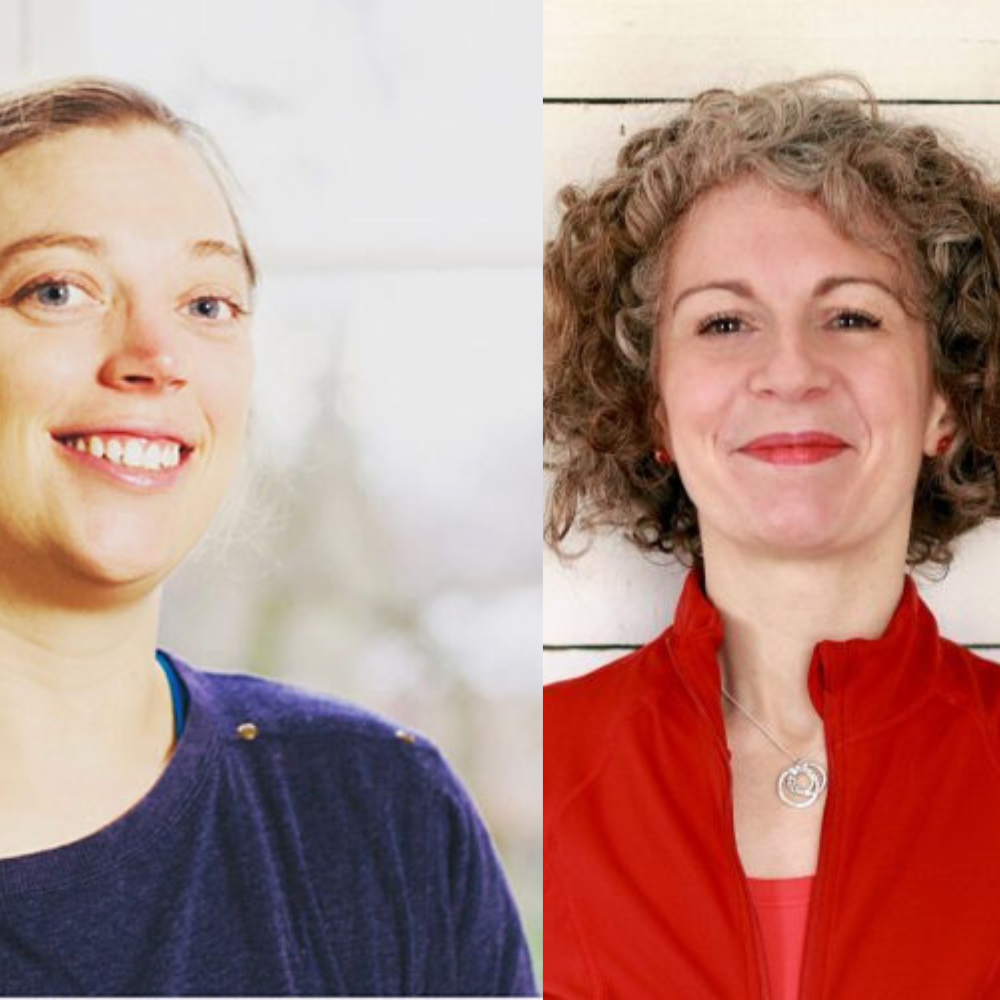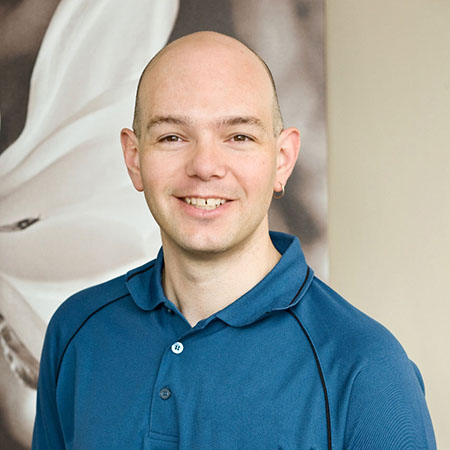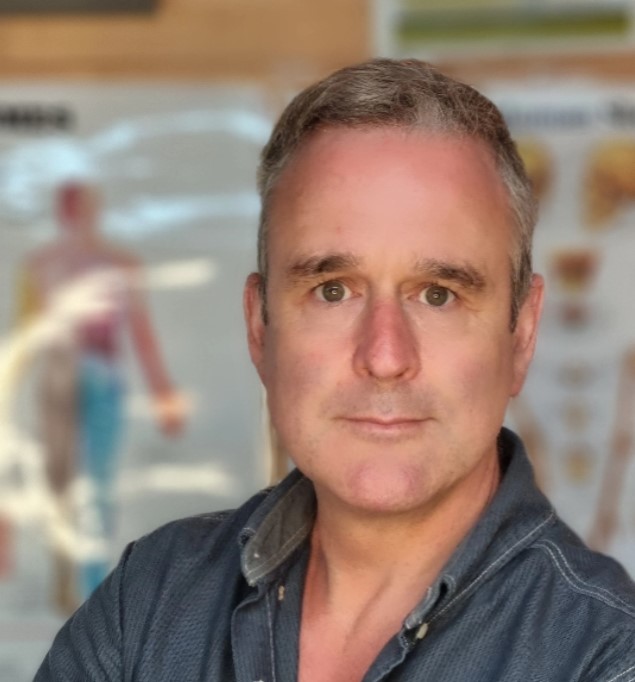Monthly Members’ Webinar – Pelvic Organ Prolapse – the principles of a combined approach
Monthly Member Webinar with Anna Crowle and Claire Sparrow Practical details Date: Thursday 25th August Time: 19.00 – 20.00 UK time. Check your timezone here Presenters: Anna Crowle and Claire Sparrow Title: Pelvic Organ Prolapse – the principles of a combined approach The webinar will be uploaded to the Members’ Area within 72 hours of…
Self-care during and after challenging times
Following the British Fascia Symposium, I would like to share with you a summary of the final Advisory Panel, which closed the event on Sunday 22nd May. The presenters attending the panel were: Robert Schleip, Karen Kirkness, Sneha Krishna, Moushumi Kuvawala, George Roth, Owen Lewis, Ana Barretxeguren and Tracey Mellor. Questions were initially slow coming…
The sensing and “phase changing” nature of fascia in motion.
By Yasmin Lambat Pandiculation is one of nature’s homeostatic blueprints; It is the body’s way of resetting itself after a period of restful sleep or inactivity. A motion arises that follows the spiral pattern of fascial continuity, triggering a body-wide “phase change” from stiff to supple; nourishing, revitalising and restoring the vibrancy of the tissue…
Monthly Members’ Webinar – Fascia and Interoception
Monthly Member Webinar with Ana Outsubo Practical details Date: Thursday 21st July Time: 19.00 UK time. Check your timezone here Presenter: Ana Outsubo Title: Fascia and Interoception Please note that these webinars will be available to all attendees for up to three days after the event, after this time, they will be found in the Member’s…
The Power of Following the Tissue
by Jan Trewartha I’m a practising therapist, so this article is written from that point of view. This is on a topic I feel passionately about, that of following the tissue and how powerful something so simple, and so obvious can be. I had a good, albeit short, training in massage back in 1982. In…
Course: A fascial perspective for working with scars and adhesions
Robert will be teaching this popular course online and members will have priority booking. Watch this space and your emails to be notified when booking opens.
Monthly Members’ Webinar – Fascial and Neurological Connections Within and Extending from the Cervical Spine
Monthly Member Webinar As part of your membership, we are delighted to run a monthly members webinar to explore a different element of fascia. See the details below for this month’s instalment. Event type Zoom Members Webinar Online 7 pm BST Day Hour Minute Second 23rd June 2022 – 19:00 UK time Practical details Date:…
Fascia and the Time-Free Body; the Impact of Biotensegrity on Social Change
by Elizabeth Andes-Bell “Never let a good crisis go to waste”. Sir Winston Churchill The pandemic rupture in our lives has left us with an opportunity. We can use catastrophe to revision and restructure culture. We’ve had time to rethink many things, including what it means to be human in a culture sliding towards decay. …
Could your client have a connective tissue disorder?
By Jeannie Di Bon – Movement Therapist and Hypermobility Specialist Could your client have a connective tissue disorder? What are the signs and symptoms we need to look out for? This article gives an overview of Ehlers-Danlos Syndrome (EDS) which is one of the heritable disorders of the connective tissue. A connective tissue disorder is…
Heart Coherence – How The Heart Can Master Our Emotions
by Daren Knight It was once maintained that emotions were purely mental expressions generated by the brain alone, and that the heart was purely a pump for moving oxygenated blood around the body. We now know that neither of these assumptions are true. The experience of an emotion results from the brain, heart and body…










